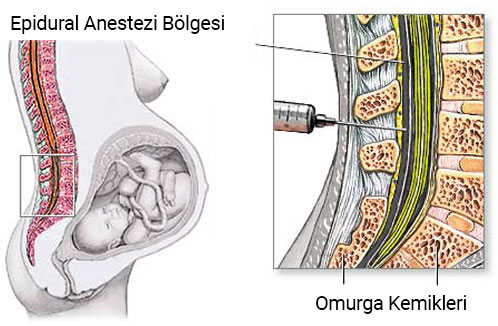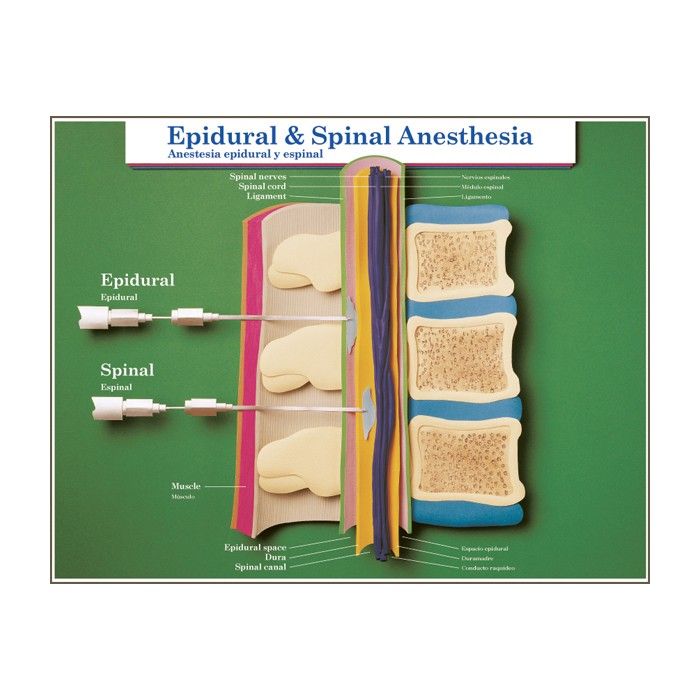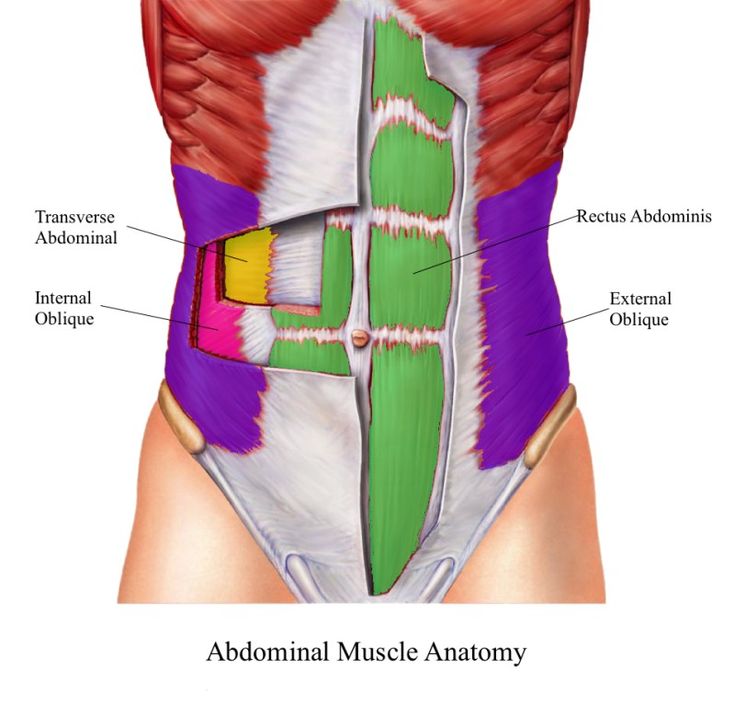Epidural drip during labor
Epidurals: Meaning and Side Effects of Anesthesia During Labor
An epidural is the most common type of anesthetic used for pain relief during labor. Here’s what you should know before having an epidural, including information that dispels some common myths.
How and when is an epidural for labor pain administered?If you choose to have an epidural, an anesthesiologist will insert a needle and a tiny tube, called a catheter, in the lower part of your back. The needle is removed and the catheter left in place for delivery of the medication through the tube as needed. You can begin an epidural at any time during your labor — in the beginning, in the middle, or even toward the end — in consultation with your physician.
Does it hurt when the epidural is administered?The anesthesiologist will numb the area where the epidural is administered, which may cause a momentary stinging or burning sensation. But because of this numbing, there is very little pain associated with an epidural injection. Instead, most patients will feel some pressure as the needle is inserted.
An epidural provides anesthesia that creates a band of numbness from your bellybutton to your upper legs. It allows you to be awake and alert throughout labor, as well as to feel pressure. The ability to feel second-stage labor pressure enables you to push when it’s time to give birth to your baby. It can take about 15 minutes for the pain medication to work.
How long does the pain relief last?You can continue to receive pain relief through an epidural for as long as you need it. The amount of medication you receive through the epidural can be increased or decreased as necessary.
Can an epidural slow labor or lead to a cesarean delivery (C-section)?There is no credible evidence that it does either. When a woman needs a C-section, other factors usually are at play, including the size or position of the baby or slow progression of labor due to other issues. With an epidural, you might be able to feel contractions — they just won’t hurt — and you’ll be able to push effectively. There is some evidence that epidurals can speed the first stage of labor by allowing the mother to relax.
With an epidural, you might be able to feel contractions — they just won’t hurt — and you’ll be able to push effectively. There is some evidence that epidurals can speed the first stage of labor by allowing the mother to relax.
The amount of medication that reaches the baby from the epidural is very small, and there is no evidence that it causes any harm.
Are there risks and side effects?Epidurals are very safe; serious complications are extremely rare. However, as with all medications and medical procedures, there are potential side effects:
- Decrease in blood pressure – The medication may lower your blood pressure, which may slow your baby’s heart rate. To make this less likely, you will be given extra fluids through a tube in your arm (IV), and you may need to lie on your side. Sometimes, your anesthesiologist will give you a medication to maintain your blood pressure.

- Sore back – Your lower back may be sore where the needle was inserted to deliver the medication. This soreness should last no more than a few days. There is no evidence that an epidural can cause permanent back pain.
- Headache – On rare occasions, the needle pierces the covering of the spinal cord, which can cause a headache that may last for a few days if left untreated. If this situation arises, discuss the treatment options with your anesthesiologist.
A spinal block is sometimes used in combination with an epidural during labor to provide immediate pain relief. A spinal block, like an epidural, involves an injection in the lower back. While you sit or lie on your side in bed, a small amount of medication is injected into the spinal fluid to numb the lower half of the body. It brings good relief from pain and starts working quickly, but it lasts only an hour or two and is usually given only once during labor.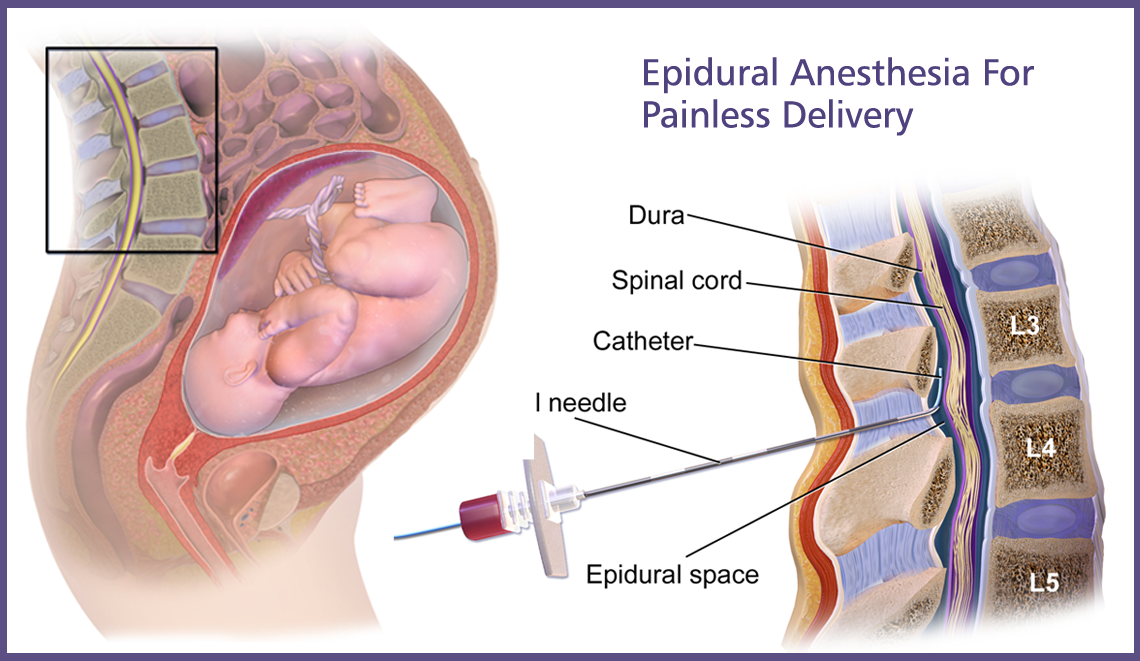 The epidural provides continued pain relief after the spinal block wears off.
The epidural provides continued pain relief after the spinal block wears off.
Anesthesiologists are committed to patient safety and high-quality care, and have the necessary knowledge to understand and treat the entire human body.
Epidural | Pregnancy Birth and Baby
Epidural | Pregnancy Birth and Baby beginning of content5-minute read
Listen
Key facts
- An epidural is procedure used to relieve pain during labour and birth.
- It uses an injection of local anaesthetic in the space around the spinal nerves in your lower back to block pain from contractions.
- Epidurals are usually done during the first stage of labour.
- After an epidural, you’ll need to stay in bed because your legs will be weak, and so that your health and your baby’s health can be monitored.
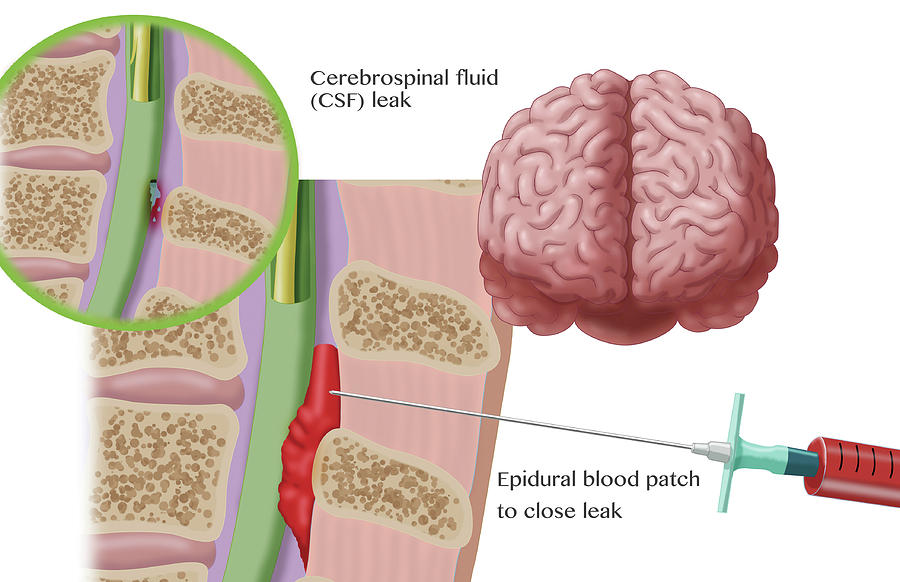
- An epidural does not increase your risk of needing a caesarean section, but it may prolong the second stage of labour and increase your chance of needing an assisted delivery.
What is an epidural?
An epidural is a procedure that injects a local anaesthetic into the space around the spinal nerves in your lower back.
This anaesthetic usually blocks pain from labour contractions during birth very effectively. With an epidural you can usually still push your baby out when you need to.
An epidural is usually done by an anaesthetist.
What does an epidural involve?
Before an epidural, you will usually have a drip for fluids put into your arm.
You will need to sit up and bend forward over a pillow, or lie on your side curled up into a ball. This makes it easier to insert the needle into the right place. It is important that you stay very still during the procedure to avoid complications.
Your lower back will be washed with antiseptic.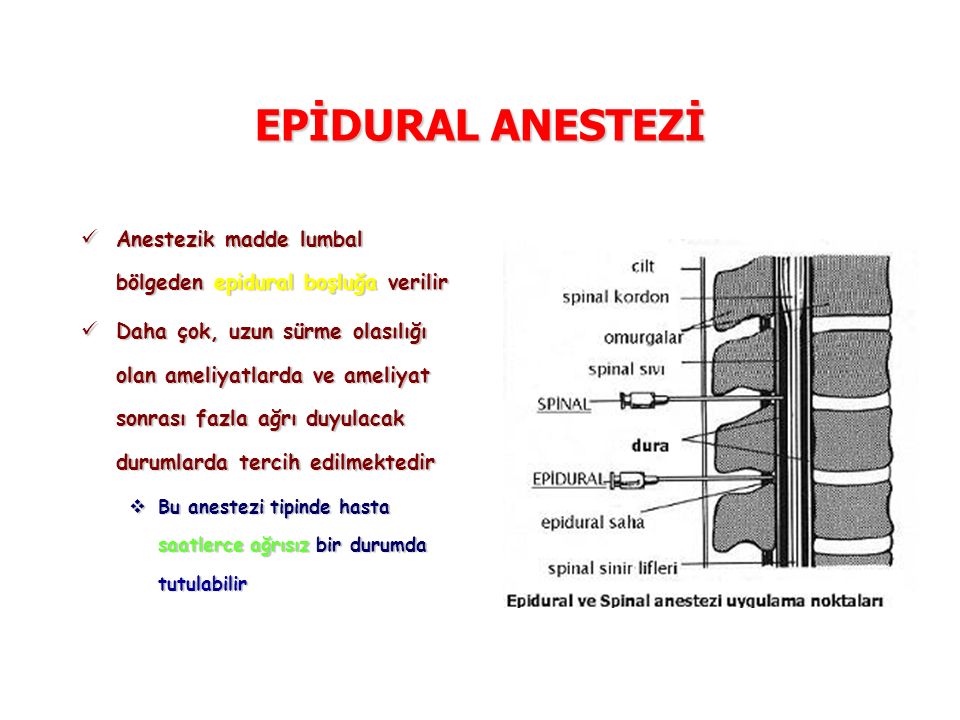 A small amount of local anaesthetic will be injected into the skin of your lower back. Your anaesthetist (specialist doctor) will insert the epidural needle between contractions, so it is important that you tell them when you have a contraction. The needle will be inserted between the bones of your spine into the space around your spinal nerves.
A small amount of local anaesthetic will be injected into the skin of your lower back. Your anaesthetist (specialist doctor) will insert the epidural needle between contractions, so it is important that you tell them when you have a contraction. The needle will be inserted between the bones of your spine into the space around your spinal nerves.
A small soft plastic tube will be inserted, and the needle removed. The plastic tube delivers the anaesthetic that will numb your pain.
It usually takes between 5 and 30 minutes for the epidural to relieve your pain.
When can I have an epidural?
Usually, if you have an epidural to help you give birth, you will have it during the first stage of labour. You can also have an epidural at any stage of labour.
Who can have an epidural?
Most people can safely have an epidural, but there are some medical reasons that mean it is not possible. It’s a good idea to think about your options for pain relief before the birth.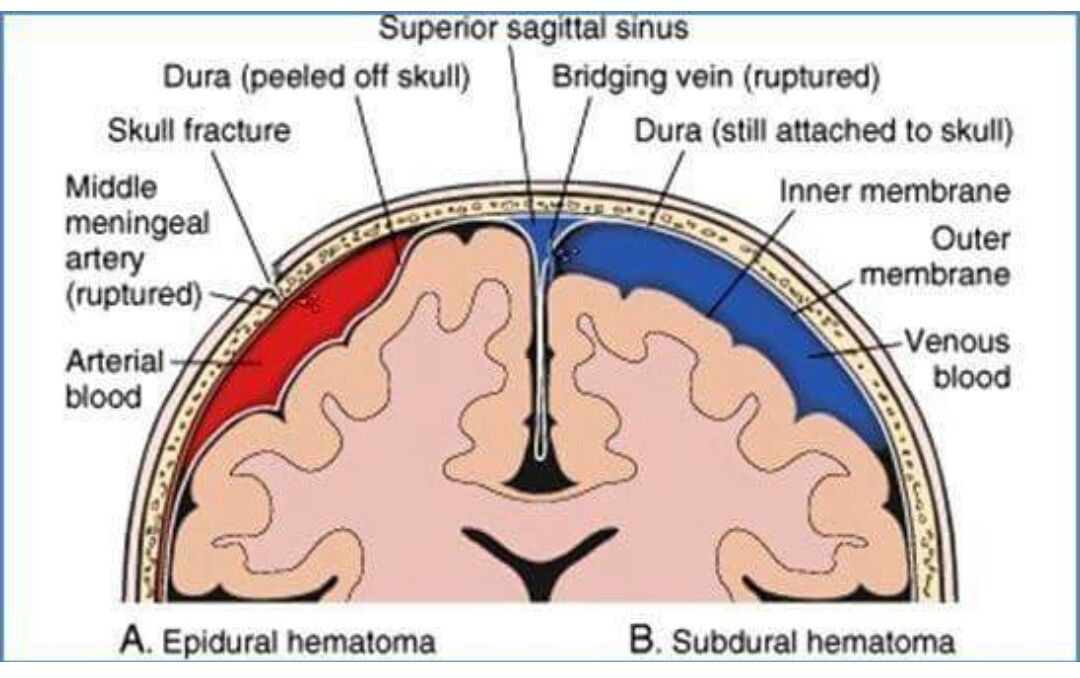 Discuss these with your doctor or midwife, who can help you decide between options that are suitable for you.
Discuss these with your doctor or midwife, who can help you decide between options that are suitable for you.
Epidurals are available at most hospitals, but not in birth centres or during home births.
What are the advantages of an epidural?
Epidurals have many advantages:
- They are usually very effective.
- They are generally very safe.
- After an epidural, you may still be able to move around in bed and push when you need to.
- If you have a long labour, an epidural allows you to sleep and recover your strength.
- If you're having a caesarean, you can stay awake and your partner can be there.
What are the disadvantages of an epidural?
If you have an epidural, you will usually develop some temporary weakness in your legs. This means that you will need to stay in bed to avoid falls.
Since epidurals can cause low blood pressure, you will need to have your blood pressure monitored. You might also need to have fluids given to you through a tube in your arm.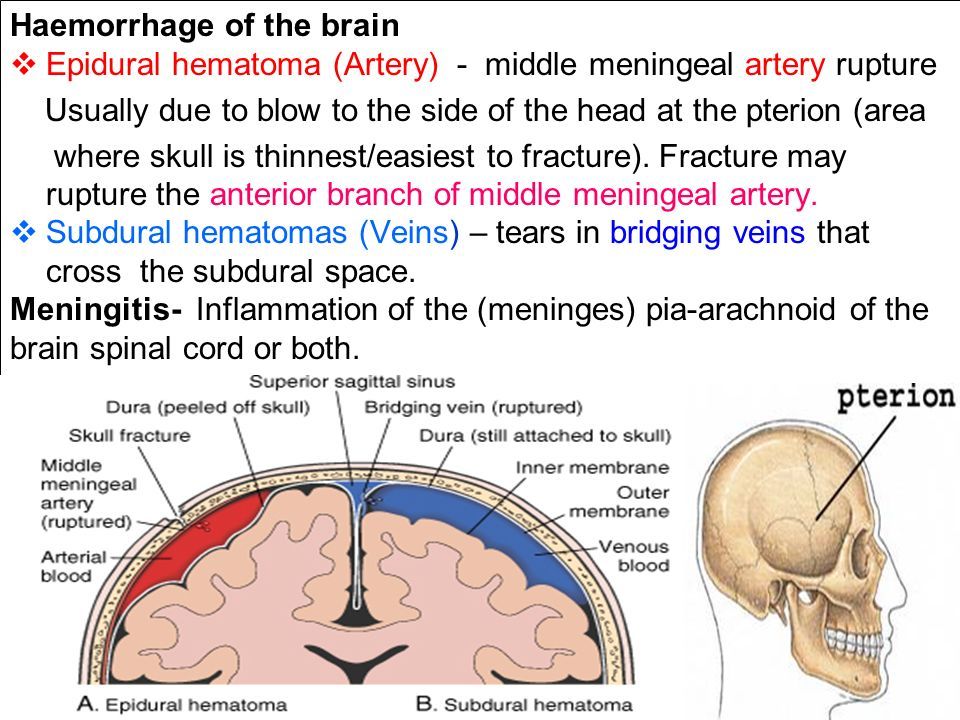
You will also usually need a catheter (tube) in your bladder to help you pass urine, as an epidural can make you lose feeling in your bladder.
Your baby will need to be closely monitored during your labour.
Having an epidural does not make it more likely that you will need a caesarean section. However, it may slow down the second stage of labour, and increase your chance of needing an assisted delivery.
What are the risks of having an epidural?
An epidural is effective and generally safe. But there are some risks:
- Some people feel cold or itchy.
- A small number of people get little or no pain relief.
- Some people develop a bad headache 24 to 48 hours after an epidural.
- There is a small chance of developing an infection.
- Very rarely, an epidural can cause permanent nerve damage.
Epidurals do not directly affect your baby.
What should I ask my doctor or midwife about having an epidural?
You can check:
- If you can have an epidural at your chosen hospital or birth centre.
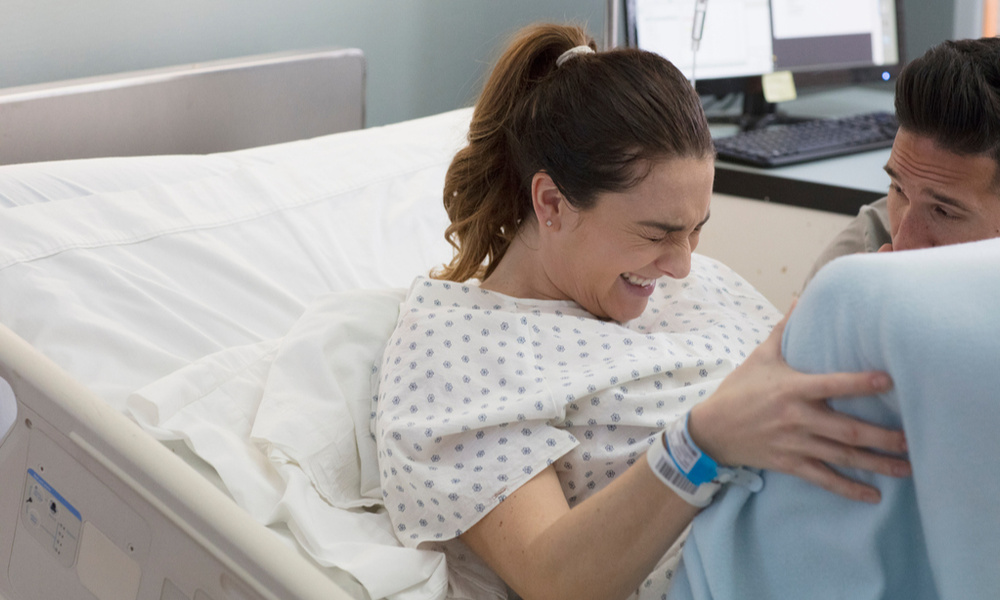
- What their epidural procedures are.
- If there are any extra costs or fees involved.
- The type of pain relief that might suit your personal circumstances best.
Sources:
Royal Women's Hospital Melbourne (Epidural information), Queensland government (Epidurals), Queensland Health (Epidural analgesia in labour - clinical guidelines), RANZCOG (Pain Relief in Labour and Childbirth), WA Health (Epidurals for childbirth)Learn more here about the development and quality assurance of healthdirect content.
Last reviewed: July 2022
Back To Top
Related pages
- TENS (Transcutaneous electrical nerve stimulation)
- Gas (Entonox)
- Non-medical pain relief during labour
- Pain relief during labour
- Making a birth plan
- Giving birth - stages of labour
Need more information?
Epidurals for childbirth
An epidural can be used to relieve pain during child birth and is very safe.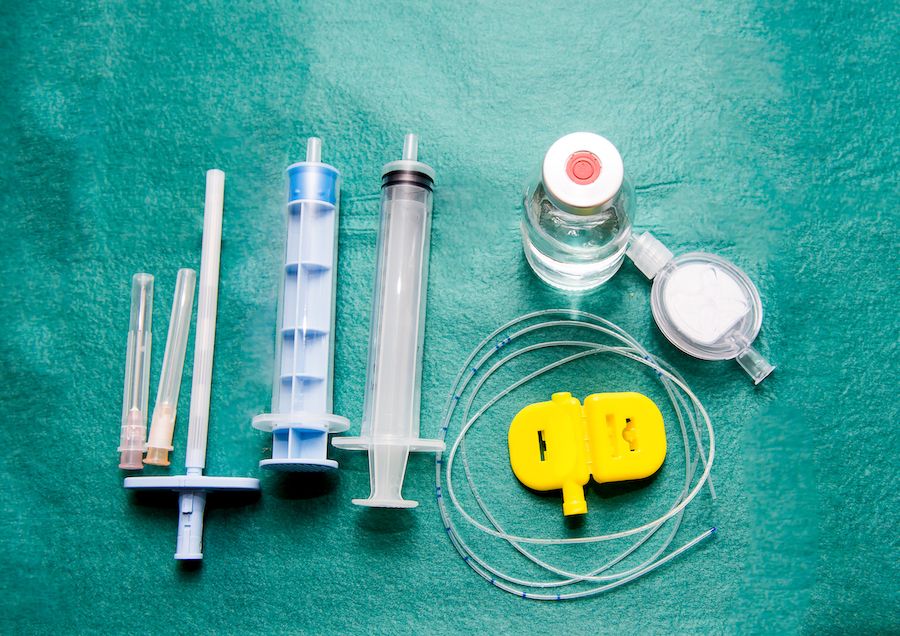 Your anaesthetist will discuss pain relief options with you as part of your antenatal care.
Your anaesthetist will discuss pain relief options with you as part of your antenatal care.
Read more on WA Health website
Pain during childbirth | HealthEngine Blog
Almost all women experience pain during childbirth which varies in severity. There are different pharmacological and non-pharmacological approaches to treatment of pain during childbirth.
Read more on HealthEngine website
Epidurals | Health and wellbeing
Read more on Queensland Health website
Fear of childbirth
It’s normal for women to experience fear before they give birth — but there are things you can do to help manage this. Read this if you’re feeling distressed.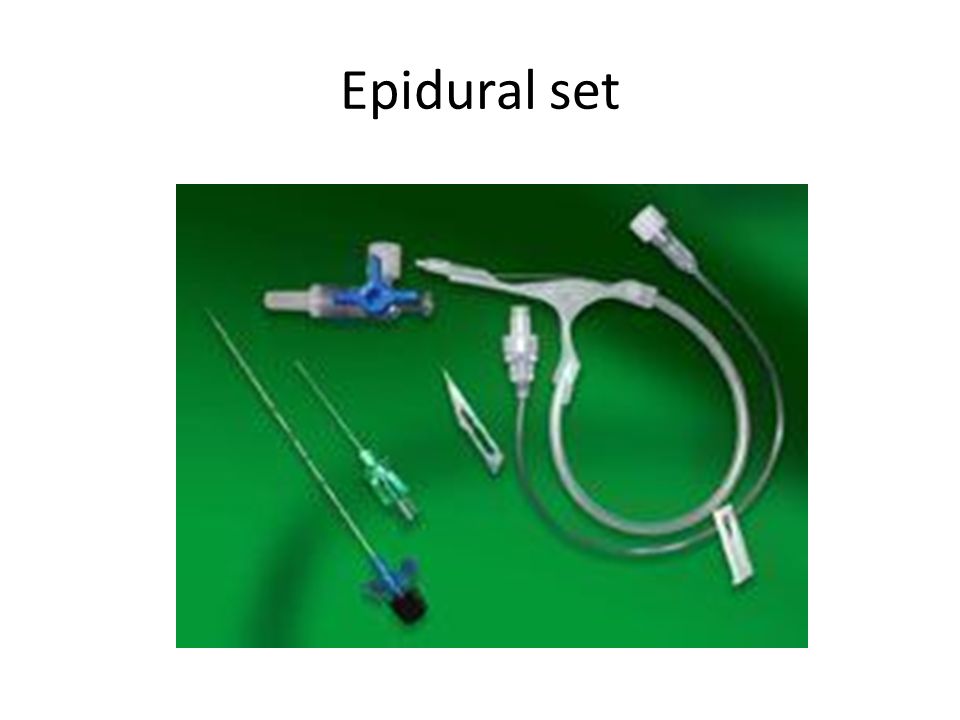
Read more on Pregnancy, Birth & Baby website
Pain Relief in Labour and Childbirth
Read more on RANZCOG - Royal Australian and New Zealand College of Obstetricians and Gynaecologists website
Childbirth - pain relief options - Better Health Channel
Understanding your pain relief options can help you cope better with the pain of childbirth.
Read more on Better Health Channel website
Choosing where to give birth
Advice on choosing where to give birth, including a midwifery unit or birth centre, hospital or at home, and what to expect from private and public care.
Read more on Pregnancy, Birth & Baby website
Labour complications
Even if you’re healthy and well prepared for childbirth, there’s always a chance of unexpected problems. Learn more about labour complications.
Learn more about labour complications.
Read more on Pregnancy, Birth & Baby website
Common myths about giving birth
There is usually no shortage of people willing to share their stories about giving birth, but not everything you hear will be true.
Read more on Pregnancy, Birth & Baby website
Caesarean Section - Birth Trauma
Being abdominal surgery, pain in the early months is very common after a caesarean section (C-section) and needs to be managed with rest, pain relief, and
Read more on Australasian Birth Trauma Association website
Disclaimer
Pregnancy, Birth and Baby is not responsible for the content and advertising on the external website you are now entering.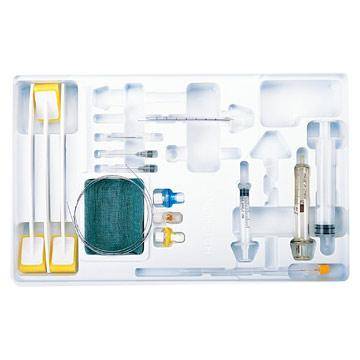
Need further advice or guidance from our maternal child health nurses?
1800 882 436
Video call
- Contact us
- About us
- A-Z topics
- Symptom Checker
- Service Finder
- Linking to us
- Information partners
- Terms of use
- Privacy
Pregnancy, Birth and Baby is funded by the Australian Government and operated by Healthdirect Australia.
Pregnancy, Birth and Baby is provided on behalf of the Department of Health
Pregnancy, Birth and Baby’s information and advice are developed and managed within a rigorous clinical governance framework. This website is certified by the Health On The Net (HON) foundation, the standard for trustworthy health information.
This site is protected by reCAPTCHA and the Google Privacy Policy and Terms of Service apply.
This information is for your general information and use only and is not intended to be used as medical advice and should not be used to diagnose, treat, cure or prevent any medical condition, nor should it be used for therapeutic purposes.
The information is not a substitute for independent professional advice and should not be used as an alternative to professional health care. If you have a particular medical problem, please consult a healthcare professional.
Except as permitted under the Copyright Act 1968, this publication or any part of it may not be reproduced, altered, adapted, stored and/or distributed in any form or by any means without the prior written permission of Healthdirect Australia.
Support this browser is being discontinued for Pregnancy, Birth and Baby
Support for this browser is being discontinued for this site
- Internet Explorer 11 and lower
We currently support Microsoft Edge, Chrome, Firefox and Safari. For more information, please visit the links below:
For more information, please visit the links below:
- Chrome by Google
- Firefox by Mozilla
- Microsoft Edge
- Safari by Apple
You are welcome to continue browsing this site with this browser. Some features, tools or interaction may not work correctly.
Epidural Analgesia for Labor Pain
This fact sheet has been compiled to introduce epidural analgesia as a method of labor pain relief and to provide confidence in its use during labor.
There are various methods of pain relief during childbirth. Different people tolerate pain differently, so you should not be afraid to use the available methods of pain relief. For particularly severe pain, epidural analgesia is often performed, which is currently widely used and the most effective method of labor pain relief. Pain relief allows the woman in labor to relax and make the birth process more comfortable. In the maternity ward of East-Tallinn Central Hospital, up to 30% of women in labor receive epidural analgesia.
What is epidural analgesia?
The epidural space is an area in the lumbar spine through which the nerves pass, transmitting pain impulses from the uterus and birth canal. A thin catheter is inserted into the epidural space using a special needle (subsequently, the needle is removed), through which a drug (local anesthetic and opioid in small doses) is injected, which blocks signals from the corresponding nerves that conduct pain impulses from the birth canal. An epidural catheter is placed by an anesthetist or resident physician.
Before inserting an epidural catheter, an intravenous cannula must be placed and saline infusion started so that you can be treated immediately if side effects occur.
Injected into the epidural space, the drug begins to work within 15 to 30 minutes. During the entire process of childbirth, additional medication can be administered through the epidural catheter; with the help of a special regulator, this can be done by a midwife or by the patient herself under the guidance of an obstetrician.
Does inserting an epidural catheter cause pain?
During the insertion of the epidural catheter, you will be asked to lie on your side or sit with your knees bent and tucked into your stomach and your chin down to your chest. This position is uncomfortable, but necessary for a successful procedure.
Before starting the procedure, a local anesthetic (local anesthetic) is injected into the appropriate area on the back, which initially causes a burning sensation, but makes the entire subsequent procedure less painful. Some women feel pressure in the back during the procedure. Usually, the insertion of an epidural catheter is less painful than the delivery itself.
What is the best time to start epidural analgesia?
Epidural analgesia is started after the onset of regular labor.
After starting epidural analgesia, is it necessary to remain in a hospital bed for the remainder of labor?
No.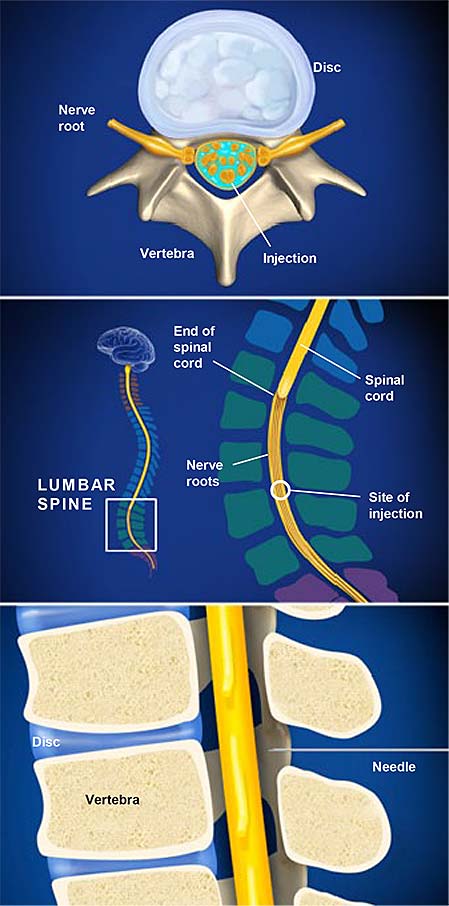 You can sit, stand and walk. Because epidurals can sometimes cause numbness in the legs, someone should be by your side to help if needed.
You can sit, stand and walk. Because epidurals can sometimes cause numbness in the legs, someone should be by your side to help if needed.
What are the benefits of epidural analgesia?
- Best pain relief.
- In total, fewer drugs are needed than with other methods of pain relief (eg, injection of analgesics into a vein or muscle).
- Very little effect on the child.
- Does not cause drowsiness.
- If an emergency caesarean section is required, then (in some cases) it will be enough to inject more anesthetic through the epidural catheter to relieve pain during the operation.
What are the disadvantages of epidural analgesia?
- Labor may be delayed. May slow down the labor period.
- There is a higher risk of using vacuum extraction during labor.
- Sometimes this method can cause numbness in the legs, making it difficult to walk during childbirth.
 In this case, the next dose can be delayed until the numbness in the legs has passed.
In this case, the next dose can be delayed until the numbness in the legs has passed. - Sometimes the desired analgesic effect is not achieved - in this case, you can adjust the position of an already installed epidural catheter or install a new catheter.
Is epidural analgesia suitable for everyone?
Placement of an epidural catheter is a risk for women in labor who are taking medications that affect blood clotting or who have other clotting disorders. Be sure to inform both the obstetrician and the anesthesiologist about this. Each case is considered individually.
Placement of an epidural catheter is not possible if there is a rash with signs of inflammation on this area of the skin.
If there is reason to believe that it is not too long before the baby is due, you may be advised to have a low-dose spinal anesthetic instead of an epidural. This provides a faster pain relief effect that lasts for a shorter period (usually about 1 hour).
What happens if an emergency caesarean section becomes necessary?
If you have already had an epidural catheter inserted and the medication provided a good pain relief, in case of a caesarean section you will be given a higher dose of local anesthetic through this catheter, which will provide sufficient pain relief for the operation (you may still feel a stretch or pressure in the abdomen during surgery).
You will be conscious and still able to participate in the birth process.
If epidural does not work well enough during labor, it will be changed to spinal anesthesia.
What are the possible side effects and complications?
| Side effect | Frequency | Comment |
| Itchy skin | 1:10 | Frequent but transient. |
| Bladder emptying disorder | During the epidural, you may not feel the filling of the bladder, but this problem can be easily solved by placing a urinary catheter. | |
| Slight pain or bruising at the site of the epidural catheter | Frequent, goes away on its own. | |
| Lowering blood pressure | 1:50 | Frequent but transient; can be controlled with infusion therapy (dropper placement). |
| Temporary loss of sensation or weakness in the legs | 1: 2500 | Nerve damage can cause numbness or weakness in one leg, which can last for several weeks. This is usually noted if the baby presses on the nerves in the pelvic floor during labor. This type of damage is usually not caused by the placement of an epidural catheter. |
| Complication | ||
| Headache | 1:100 1: 200 | Tell your doctor before you leave the hospital. If the symptom does not go away on its own, then you may need special treatment. |
| Persistent (lasting more than 6 months) loss of sensation or weakness in the legs | 1: 24,000 | Rarely seen. |
| Difficulty in breathing due to strong anesthesia | unknown | Very rare. |
| Inflammation at the insertion site of an epidural catheter | 1: 100,000 | Very rare. |
| Permanent paralysis of legs | Possible, but so rare that frequency cannot be estimated. |
ITK935
The information material was approved by the Health Care Quality Committee of East-Tallinn Central Hospital on 03.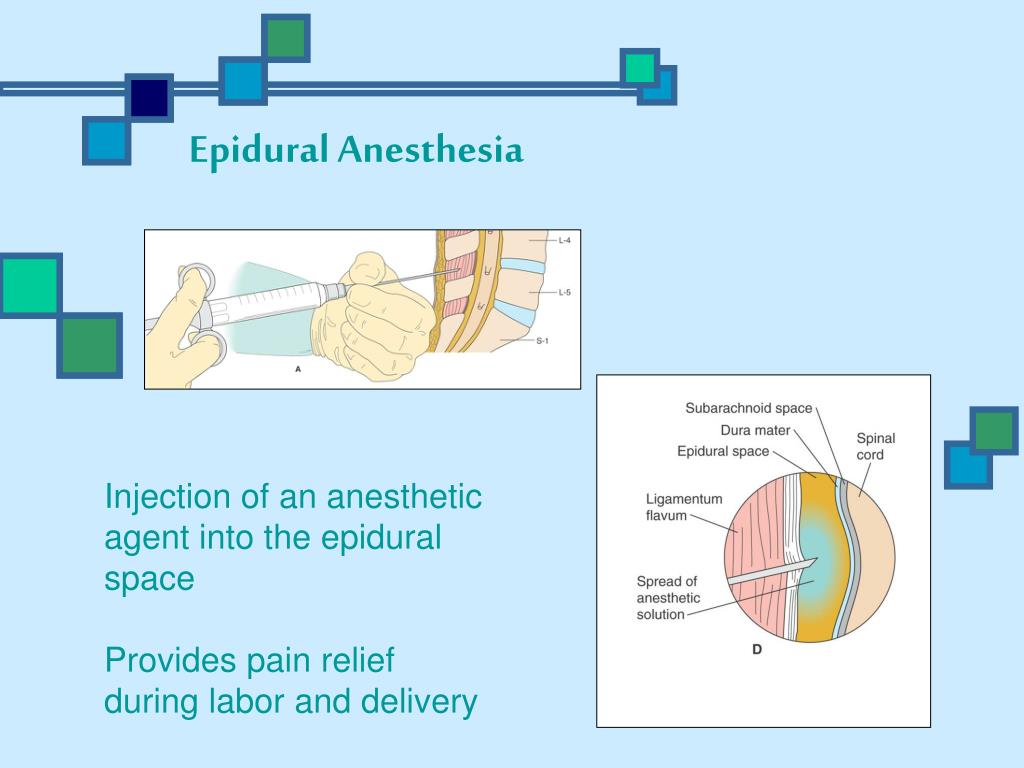 06.2020 (Minutes No. 5-20).
06.2020 (Minutes No. 5-20).
Pain relief during childbirth
How does a woman feel during childbirth?
At the end of your pregnancy, you may experience periodic uterine contractions. With the onset of labor, contractions become more regular and stronger, and can be painful. At the beginning, this is a strong periodic pain, which, as a rule, increases significantly with the course of childbirth. The pain varies in intensity. Over 90% of women in labor need some form of anesthesia.
What methods of pain relief are currently available?
There are several ways to help you manage your pain. Invaluable support is provided by an attentive spouse, partner. It is important to be able to relax, sometimes, on the contrary, walking helps. Warm baths and massage, especially rubbing the back, help to relax muscles and reduce pain in certain points. Music that you love can be helpful, as it distracts and relieves tension.
It is difficult to predict which type of pain relief will be best for you. Below is some information about the methods of pain relief that you may be offered.
Below is some information about the methods of pain relief that you may be offered.
Methods for pain relief in labor
There are several ways to manage pain, especially at the beginning of labour. Despite the uncertainty of many of the following methods, some find them very useful. You can find out which of them are commonly used in our clinic:
- Aromatherapy
- Reflexology
- Injectables (narcotic analgesics, non-steroidal anti-inflammatory drugs)
- Epidural analgesia
Epidural analgesia
Delivered through a very thin tube (catheter) that is inserted between the vertebrae in the lumbar back. This is the most complex of the methods that is performed by the anesthetist. It has almost no effect on the child. Sometimes causes a headache. May cause a decrease in blood pressure. The method belongs to the most effective methods of anesthesia.
Who can get epidural analgesia?
It can be done for most women, but some pregnancy complications and blood clotting disorders may be contraindications.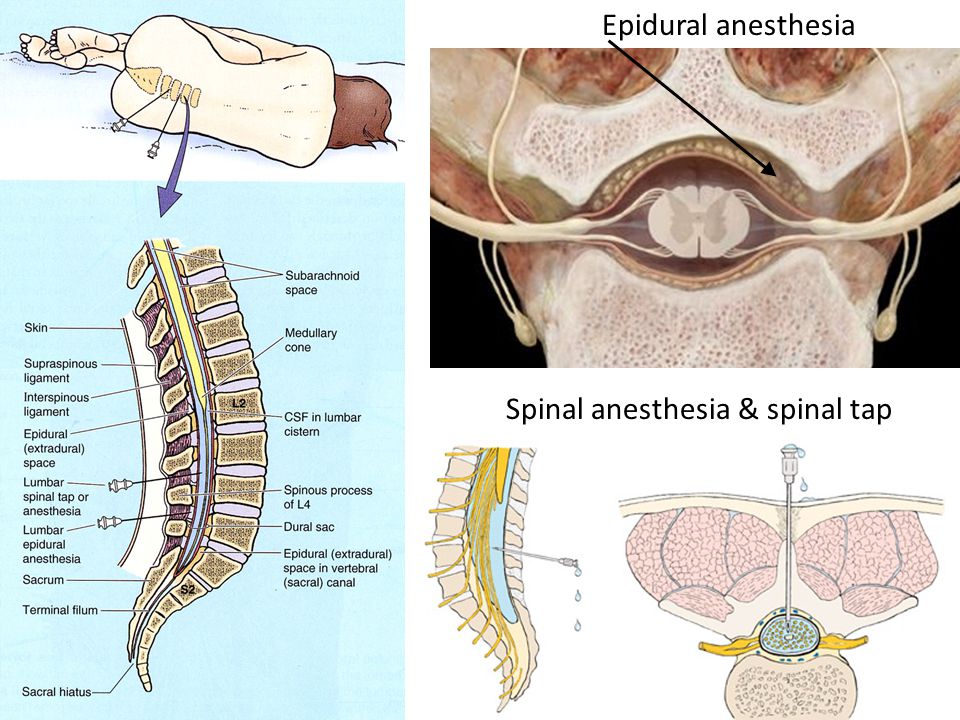 In cases where there are no contraindications, it will be useful to you and your child.
In cases where there are no contraindications, it will be useful to you and your child.
How is it made?
First install the drip. This means that a solution will be injected into your vein. An IV is often necessary during childbirth for several reasons. You will then be asked to roll over on your side or sit down, leaning forward. The back will be treated with an antiseptic and a local anesthetic will be injected subcutaneously, this is quite painful. Once the skin has been anesthetized, the epidural procedure itself is rarely painful. A thin tube (catheter) will be placed in the back and lead to the nerves that conduct pain impulses from the uterus. Care is required here not to puncture the sheath of the reservoir of fluid surrounding the spinal cord, or a headache may develop later. Therefore, during the procedure, the anesthetist must lie still. After the catheter is passed and placed, you can move around as you like. After the epidural catheter is installed, pain medications can be injected into it as needed or in the continuous injection mode with a special dosing syringe.